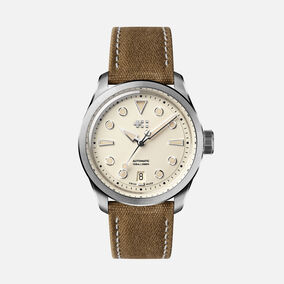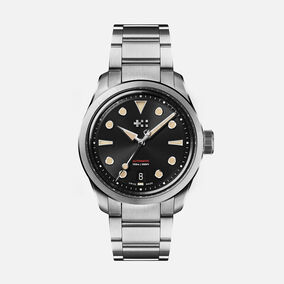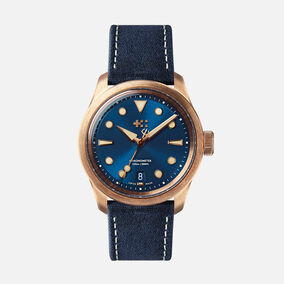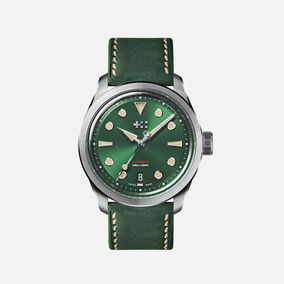How and why we dance is the subject of an enlightening new book that takes an in-depth look at this most human of activities
Author Emma Warren has been dancing as long as she can remember.
From school discos in south London to basement jams in Moss Side, she’s found joy, friendship and solidarity on the world's dancefloors.
Now she’s written a book, Dance Your Way Home – part memoir, part history, part anthropology – that investigates exactly why we dance, what dance is and what it says about us as social beings.
“This book is about the kind of ordinary dancing you and I might do in our kitchens when a favourite tune comes on,” she says. “It’s more than a social history: it’s a set of interconnected histories of the overlooked places where dancing happens.”
Hi Emma. Why did you write Dance Your Way Home?
I’d written a book about an underground venue called the Total Refreshment Centre. I put these lines in it: “Dancing in the dark is a human need” and “Dancing is medicine”, and loads of people referenced it when they talked about the book. I thought there was something in here to be drawn out. I started to rethink everything I knew about dance music, which was mainly to do with DJs, producers, and promoters. This became: What is dance music from the point of view
of dancers?
Is dancing innate?
It’s essentially human. Some theorists have suggested that it’s actually what makes us human. There’s some excellent evidence about children and dancing. If they move in sync, they form friendships. I tested this out today at primary school, where I’m doing a project – I got the kids to wave their arms in sync with each other. And they were beaming!
Did you dance as a kid?
I’ve written about going to ballet classes before primary school. I realised I couldn’t learn the steps well and was heavy on my feet. I wasn’t being measured on tap or ballet, I was being measured on being a girl. I discovered early on I loved making up my own
dances instead.
Is there a difference between formal and informal dancing?
I’d say it’s all dancing. One of the people I’ve interviewed is a woman who runs dance classes for teenage girls. They do improvised dance classes, and it reduces their anxiety afterwards. I said, “I’ve done a lot of improvised dancing in nightclubs. Is that the same as what you do – dance classes in the studio?” She said, “The body doesn’t know the difference.”
“Dancefloors are like schools and the communities there are like teachers”
You write about having a slow dance with a boy called Leon at a school disco…
The school disco dance is different to the youth club dance, which is different to street or nightclub dancing. The school disco is the most awkward! But it’s a necessary starting point. I think about the excitement of getting ready to go and putting on my white boiler suit, blue plastic jewellery and blue eyeshadow. The enjoyment of hearing music you liked loud in a dark room – even if it was the dinner hall.
With the slow dance, it was tricky. As a girl, you had to wait to be asked, you couldn’t ask a boy to dance. Certain girls got asked first. I wasn’t in that category. When I did get asked, it was a bit of a thrill. Then you have to dance with them once you’ve agreed to it. You’re dancing to someone very close sensually in a semi-public environment. I tried hard to remember what it felt like. As an 11- or 12-year-old, you got a tiny sense of what it would be like to be an adult. It’s a very tender thing. Complicated. But also beautiful. I feel we were the last generation that did that.
Didn’t you have a routine to Colonel Abrams’ Trapped?
Yeah, me and my friend Nikki Wilson. Previously I’d run something called ‘Fame Club’ in my back garden with my two friends – we were obsessed with the TV show, Fame. We used to make up dancers to The Kids From Fame album. This gave me extra confidence for the youth club disco. It’s an analogue version of what people do on TikTok now.
When was your first experience of clubbing?
The first club I went to was Rage at London’s Heaven in October 1988. I was 16. There were people from my year at school there. Loads were underage. The bouncer rolled his eyes and said:“Go on” and let us in. I sensed a heaviness I really liked. The physicality of it. The loudness. I loved it. The emergency doors were rattling because it was so loud.
What’s it like on the dancefloor during moments like this?
If we’re talking about ‘culturally powerful dancefloors’ – those that will be written about – you’ve got many people of different ages, ethnicities, genders and gender expressions. They’re all there for the music and six hours of dancing. They’re also there for another reason: I think it’s a need. You’ve got something you’ve got to ‘dance out’. Those dancefloors contain a lot of need and transform it into something manageable. There’s a quote from a guy called Sting, who ran a rave called Telepathy, and he talks about people coming into their rave. “We’d see this man come in and think, ‘Boy, he’s gonna be trouble, and we’d see him at the end of the night, skipping.”
What does a great dancer look like to you?
There are phrases in the book that tackle this. Toni Basil, who did the song Mickey, talks about why you should “Dance your history”. Frankie Valentine, a really influential UK DJ, says, “Dance your story”. There’s a flamenco dancer saying, “Dance like you, fool!” It’s best when someone brings their own life material on the dancefloor in a way that only they could do.
Picture the ideal club. What does it look like?
I can see it immediately – a basement. It’s small. It’s dark. And it’s loud, but not hurt-your-ears loud. Darkness can close off your other senses and allow you to tune into the music. What the DJ Ron Trent calls in my book a “whole third-ear experience”. Where you’re not relying on your vision, you’re relying on your body and hearing. Nothing else. The darkness is a portable amplifier!
Does dancing break down barriers?
I was recording the audio book for Dance Your Way Home. The engineer was an Italian guy in his early 30s. He mentioned the music he was into, which was different to what I like. It transpired through the reading we’d been to Plastic People [a ’90s/’00s club in London] – him at the very end of it. The fact we’d both been there immediately bonded us. It was like we’d been to the same school. Dancefloors are like schools and the communities there are like teachers.
Dance Your Way Home is published by Faber
Related watches
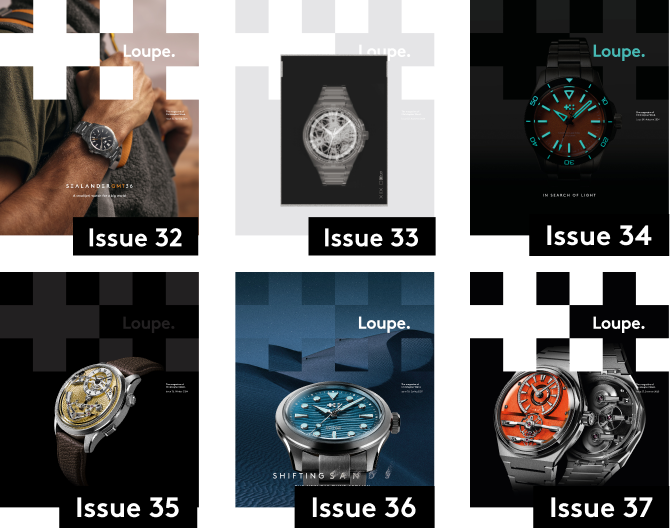
Sign up to Loupe magazine
Loupe is Christopher Ward’s quarterly in-house magazine. If you want to know what’s happening at CW (and you love great journalism), this is where to start. Alternatively, you can read all our back issues on your computer, tablet or phone.
Order your free copyRead Loupe online



